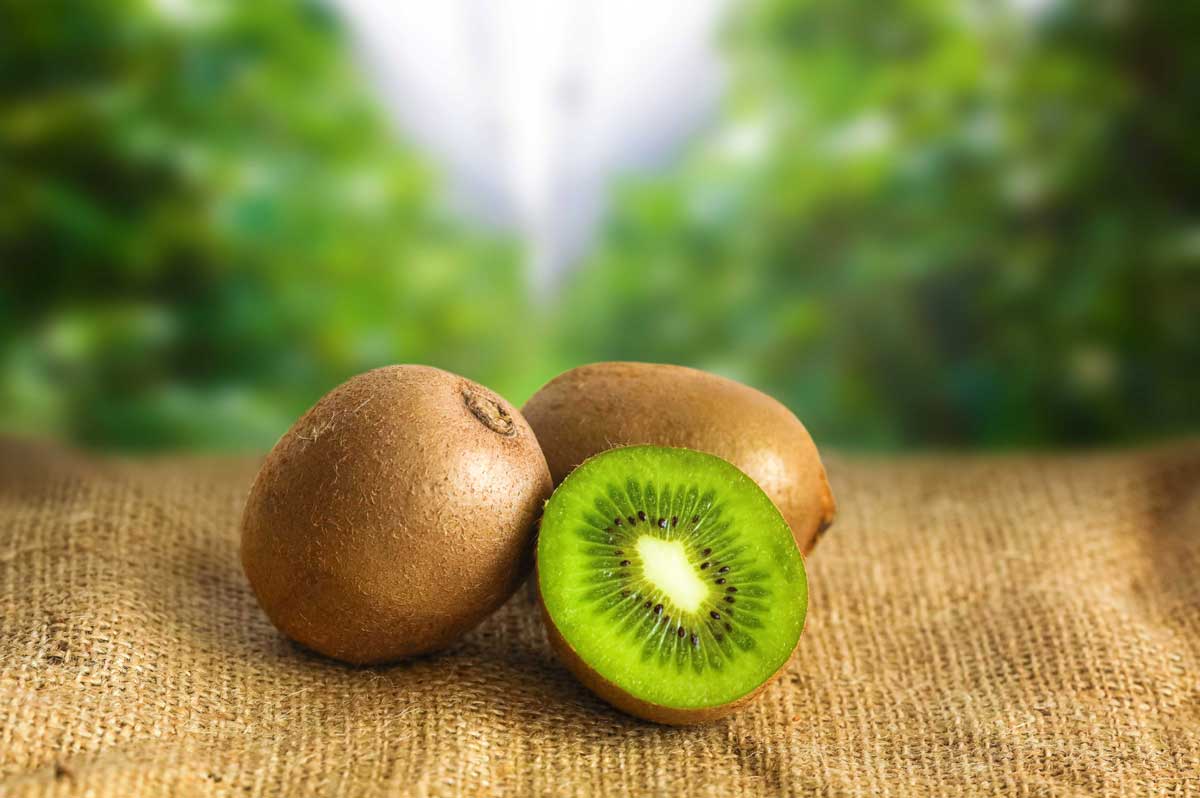
Parkinson's disease (PD) is a progressive neurological disorder that affects millions of people worldwide. While a diagnosis can be daunting, a deeper understanding of the condition, its management, and the incredible research being conducted offers a path forward with hope and empowerment.
This article provides a comprehensive overview of Parkinson's disease, tailored to the U.S. market, focusing on symptoms, treatments, and the vital role of lifestyle in managing the disease.
The Science Behind the Symptoms
Parkinson's disease is caused by the loss of dopamine-producing nerve cells in a specific part of the brain called the substantia nigra. Dopamine is a crucial neurotransmitter that helps regulate movement. As these cells die, dopamine levels drop, leading to the hallmark motor symptoms of PD.
- Primary Motor Symptoms:
- Tremor: An involuntary shaking, often starting in a hand or foot, that occurs when the limb is at rest.
- Bradykinesia: Slowness of movement, which can make everyday tasks like walking or buttoning a shirt difficult and time-consuming.
- Rigidity: Muscle stiffness and inflexibility, which can lead to a limited range of motion and discomfort.
- Postural Instability: Problems with balance and coordination, which can increase the risk of falls.
- Non-Motor Symptoms: Parkinson's affects more than just movement. Non-motor symptoms can often appear years before motor ones and include a loss of sense of smell, sleep disturbances (like REM sleep behavior disorder), constipation, depression, and anxiety.
The progression of PD is unique to each individual. The Hoehn and Yahr scale is a common tool used by neurologists to classify the stages of the disease, from mild, unilateral symptoms in Stage 1 to a more severe, wheelchair-dependent state in Stage 5.
The Treatment Landscape in the U.S.
While there is currently no cure for Parkinson's disease, there are numerous effective treatments and therapies available in the U.S. to manage symptoms and improve quality of life.
- Medication: The cornerstone of PD treatment is medication aimed at restoring dopamine levels. Levodopa, often combined with carbidopa, is the most effective drug for managing motor symptoms. Other medications, such as dopamine agonists and MAO-B inhibitors, can also be used alone or in conjunction with levodopa to enhance its effects and manage symptoms.
- Deep Brain Stimulation (DBS): For patients whose symptoms are no longer well-controlled by medication, Deep Brain Stimulation (DBS) is a powerful surgical option. This procedure involves implanting electrodes in the brain to send electrical pulses that regulate the abnormal brain activity causing movement symptoms. DBS is FDA-approved and often covered by Medicare and most private insurers, providing significant relief from tremors, rigidity, and dyskinesia.
- Focused Ultrasound (FUS): A newer, non-invasive surgical option, FUS uses highly concentrated ultrasound waves to create a lesion in a targeted area of the brain, disrupting the abnormal circuitry. It is a promising alternative to traditional DBS for some patients.
- Therapies: A multidisciplinary approach is key to managing Parkinson's. Physical, occupational, and speech therapists are invaluable partners in a patient's care plan. They can help improve gait and balance, enhance fine motor skills, and address speech and swallowing difficulties.
The Power of Lifestyle: Diet and Exercise
Research has shown that lifestyle interventions, particularly exercise, can have a profound impact on managing PD symptoms and may even slow the disease's progression.
- Exercise: It is a vital part of a PD treatment plan. Regular physical activity, including cardiorespiratory exercise, strength training, and balance work, can improve gait, motor coordination, and overall physical function. Activities like boxing, dancing, yoga, and tai chi are particularly beneficial as they combine cardiovascular health with balance and coordination.
- Diet and Nutrition: While no specific diet can cure PD, a balanced, whole-food diet can help manage symptoms and support overall health. Eating a diet rich in fruits, vegetables, whole grains, and lean proteins is recommended. For some patients, certain medications can be affected by high-protein meals, so a doctor or dietitian may recommend specific timing for medication around meals. Drinking plenty of water is also crucial to combat dehydration and constipation, which are common non-motor symptoms.
Finding Support in the U.S.
Living with Parkinson's disease can be challenging, but a robust network of support is available for patients and their families in the U.S.
- The Michael J. Fox Foundation for Parkinson's Research: A leading non-profit organization dedicated to finding a cure for PD. They are a major funder of research and provide a wealth of information, resources, and clinical trial locators.
- The Parkinson's Foundation: A national organization that provides direct support to patients and caregivers through a helpline, educational resources, and a network of Centers of Excellence that offer comprehensive care.
- Clinical Trials: Participating in clinical trials is a way for patients to access cutting-edge treatments and contribute to the advancement of research. Organizations like the Mayo Clinic and Johns Hopkins Medicine offer a wide range of clinical trials across the U.S.
In conclusion, a Parkinson's diagnosis is a call to action. By embracing a proactive approach that combines the latest medical treatments, dedicated therapies, and a healthy lifestyle, individuals can effectively manage their symptoms and continue to lead full and meaningful lives. The future of Parkinson's care is brighter than ever, with ongoing research and a strong community of support ready to help.



